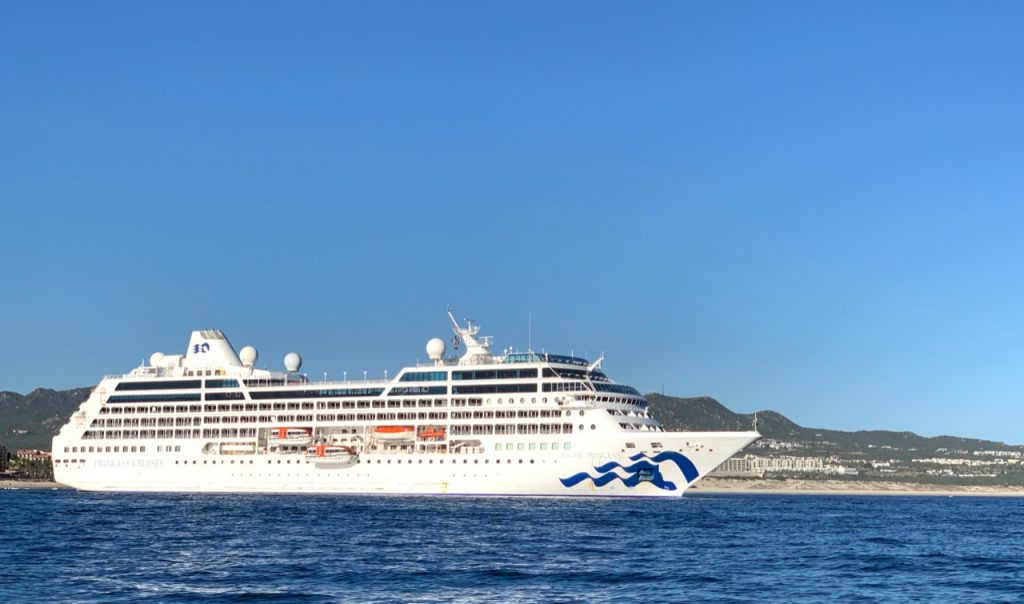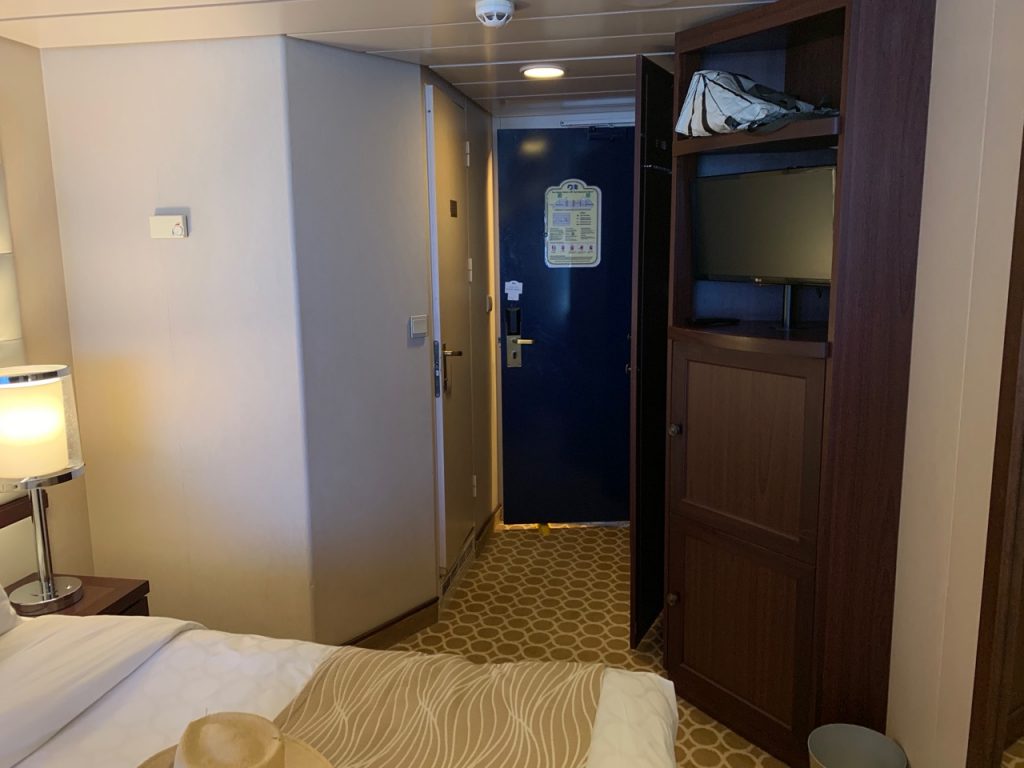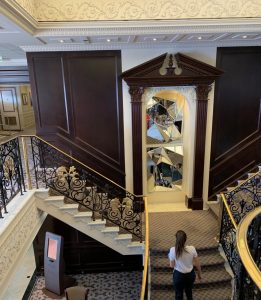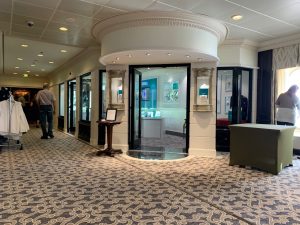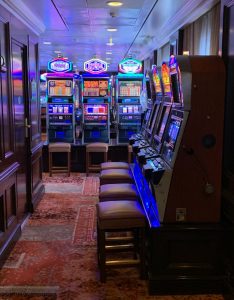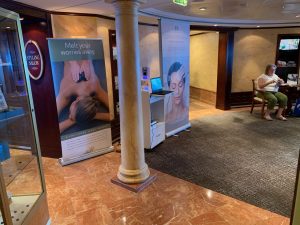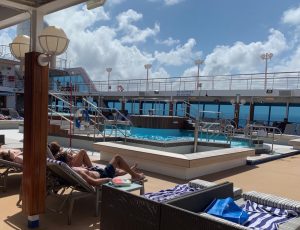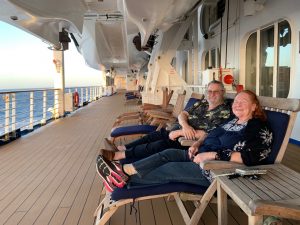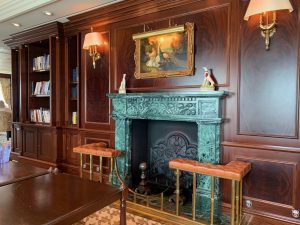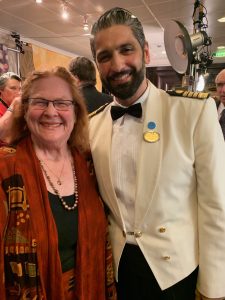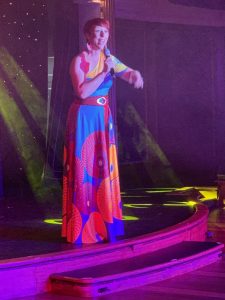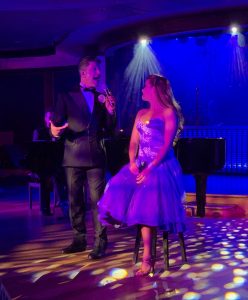Aruba was our first port of call on our trip through the Panama Canal.
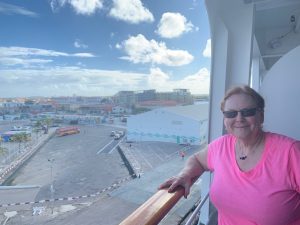
Aruba is a lovely island in the southern Caribbean and still a constituent country of the Kingdom of the Netherlands. It is 19 miles off the coast of Venezuela in the west part of the Lesser Antilles. The island measures 20 miles long and 6 miles across at its widest point. Along with Bonaire and Curacao, Aruba forms a group referred to as the ABC Islands.
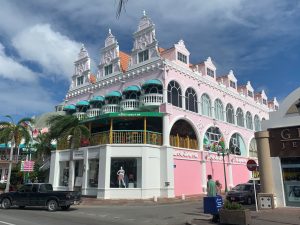
As a result of its link to the Kingdom of the Netherlands, the citizens are all Dutch nationals. Unlike much of the Caribbean, Aruba has a dry climate and an arid, cactus-strewn landscape. This climate clearly has helped tourism as visitors to the island can reliably expect warm, sunny weather – and our visit in January was certainly was beautiful.
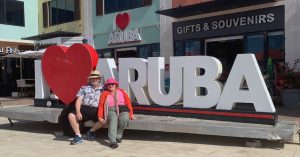
Early human presence on Aruba dates back to as early as circa 2000 BC. The first identifiable group, the Arwak Caquetio Amerindians migrated from South American about 1000 AD and there is Archaeological evidence on many parts of the island.
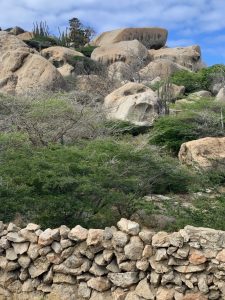
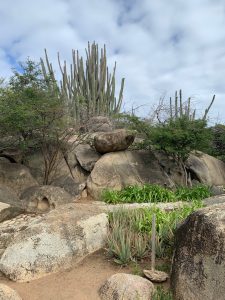
We visited the Ayo Rock Formations – with one area showing rock drawings dating back thousands of years.
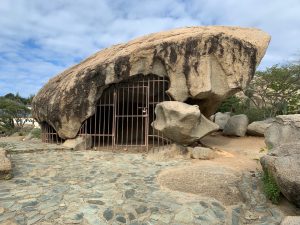
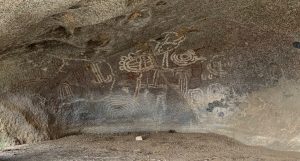
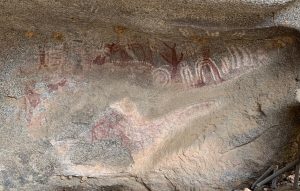
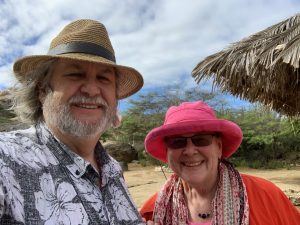
The first Europeans to visit the island were from Spain in 1499 – who of course claimed it. The early explorers described Aruba as an “island of giants” as the locals seemed to have a comparatively large stature. Spain began colonizing the island in 1508 and controlled it for the next 100 years or so. The Netherlands seized Aruba from Spain in 1636 in the course of the Thirty Years’ War and it has been under Dutch control ever since.
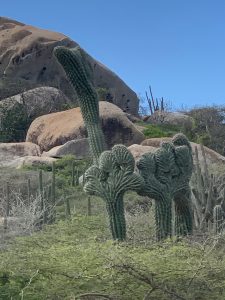
With not a lot of resources on the island there wasn’t much industrialization. There are ruins of a gold mine but no active work being done at this time. In the 1920’s two oil refineries were built to process crude oil from the vast Venezuelan oil fields. This brought greater prosperity to the island and it grew to be come one of the largest processors in the world. These closed around 2009. Another industry on the island is Aloe.
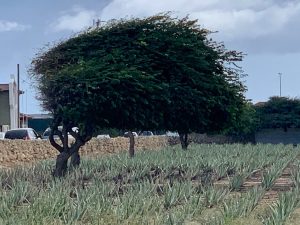
First planted on Aruba in 1850, aloes seem to love the desert conditions. With a healthy demand for aloe products, it has become a continuing part of Aruba’s economy. One of our tours was to the Aruba Aloe plant where a new modern facility is active and selling a number of Aloe products in their gift shop.
In 1947, Aruba presented its first constitution as an autonomous state within the Kingdom of the Netherlands. Ultimately the Netherlands Antilles was created that united all of the Dutch colonies in the Caribbean into one administrative structure.
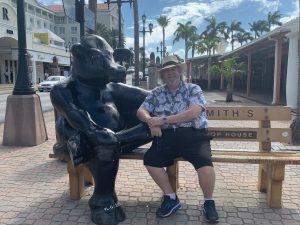
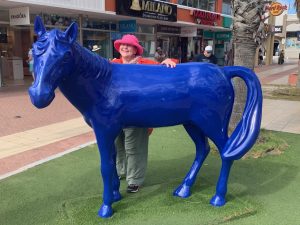
Our visit to the Island included an excursion out and about the island – The Butterfly Farm, Ayo Rock Formations, Aloe Plant and a general overview of the island. As we had some free time before our actual tour, we headed off the ship and walked around the town Oranjestad. Located on the northern end of the Island, it was lovely to walk around, pick up a few post cards and explore. We did find a Starbucks (I was asked to get a coffee mugs for one of Jason’s coworkers) and walked past, but not into, the Casino. We also were able to get a stamp in our passport!
First stop on our tour was the Butterfly Farm (www.buterflyfarm.com).
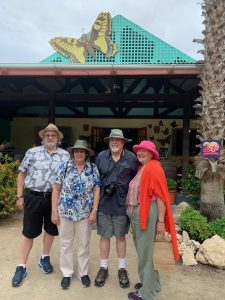
Started on Aruba in 1999 with hundreds of exotic butterflies from all around the world. Among some of the favorites are the iridescent beautiful Blue Morpho from the rainforests of South America. We started off with an introduction by a
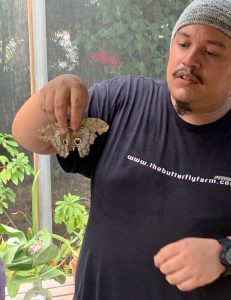
member of the Butterfly Farm Team and learned about all the various examples flying around us in the enclosed area.

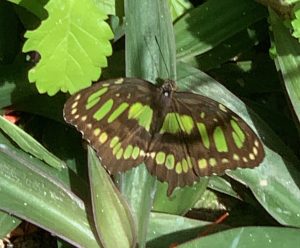
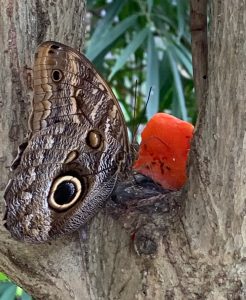
Butterflies all around us – landing on us, drinking from the various fruit plates set out for them and generally a lovely environment.
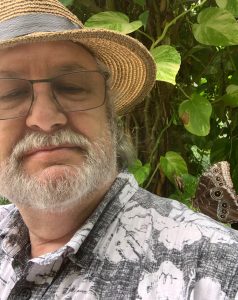
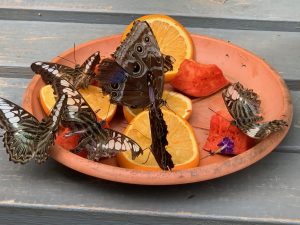
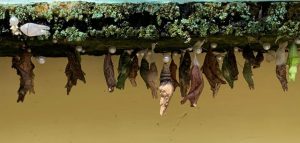
After getting our fill of the beauty of the butterflies, we re-boarded the bus and headed out to Ayo Rock Foundations. It is clear the island is arid – lots of cactus along the way and dry desert plants for sure. The place is so dry they have to import water – and you see lots of rain catching systems on houses to collect what rainfall the do get. Ayo Rock Formations are monolithic rock boulders located around the island mostly on the northern end. While there are a number of areas, the one we stopped to view included an enclosed area with early cave paintings – most likely from about 1000 years ago or so. The boulders have unusual shapes resembling birds and dragons as well as other things we noticed as we traveled along. After visiting the rocks, we went to the Aloe plant.
Located across the street from a major school, and next to a large field of Aloe plants, the Aruba Aloe Company is clearly a going concern.
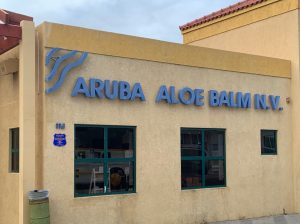
A demonstration was given on what parts of the Aloe plant are used, how they are processed and what kinds of products are created. The history of the plant, how it’s been part of the Aruba culture for 150 years or so was interesting and filled out the day with a pleasant tour.
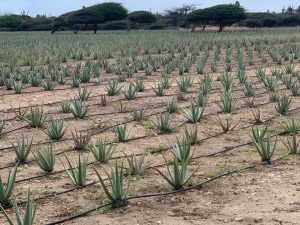
Once back to the ship, and everyone on board, we slipped away to continue our adventure towards the Panama Canal.

